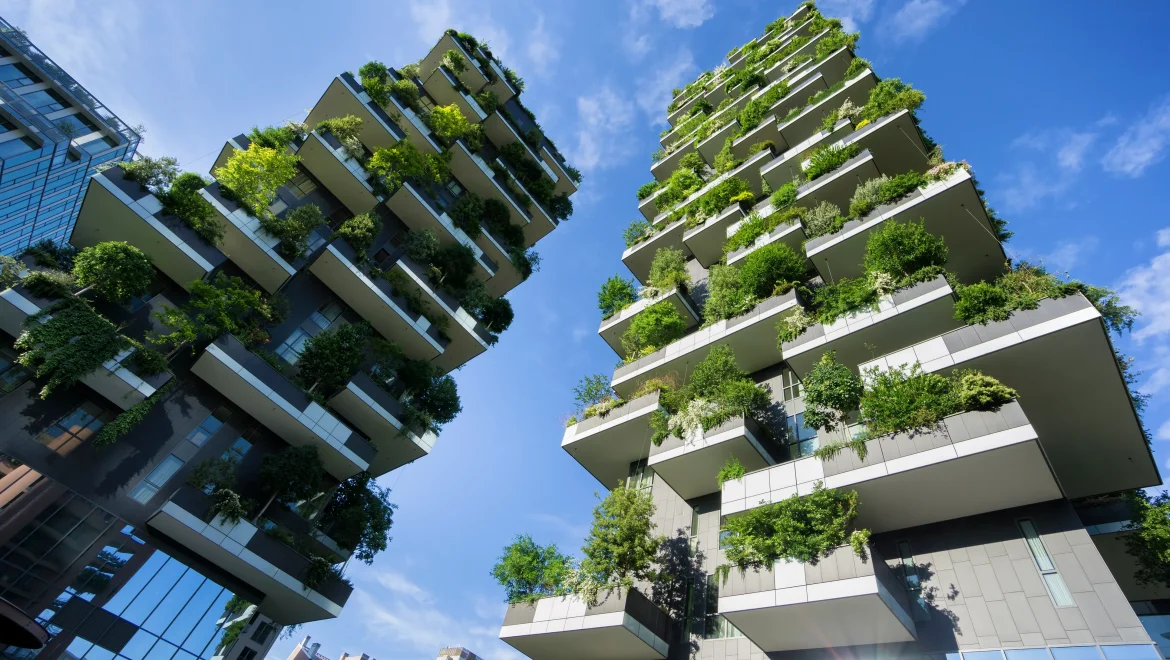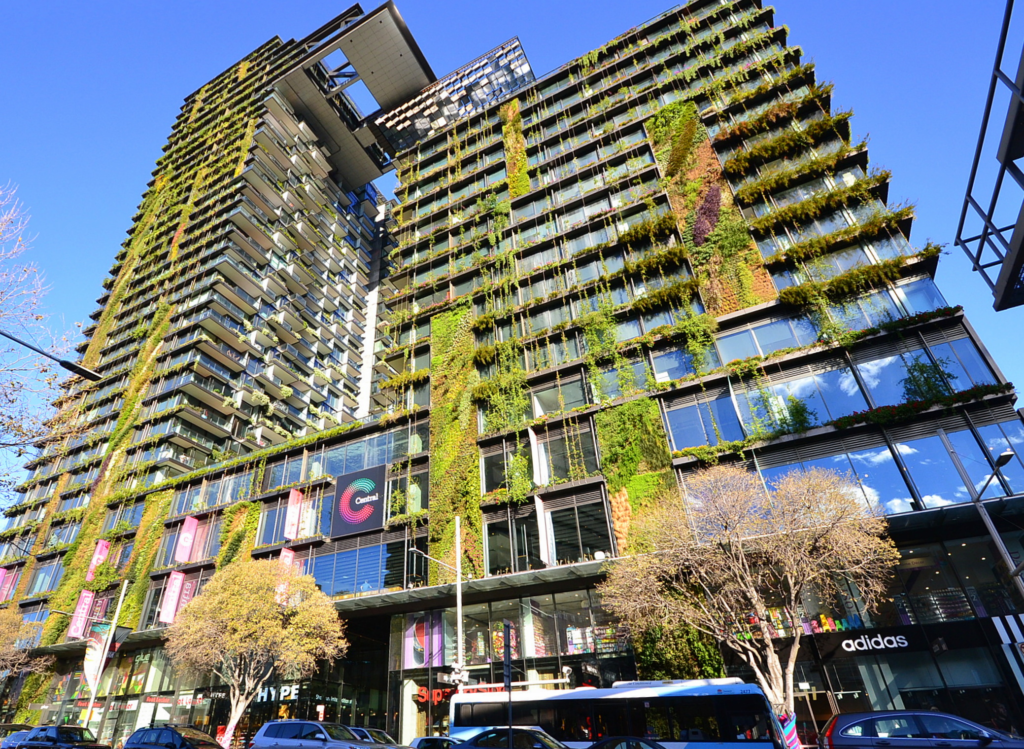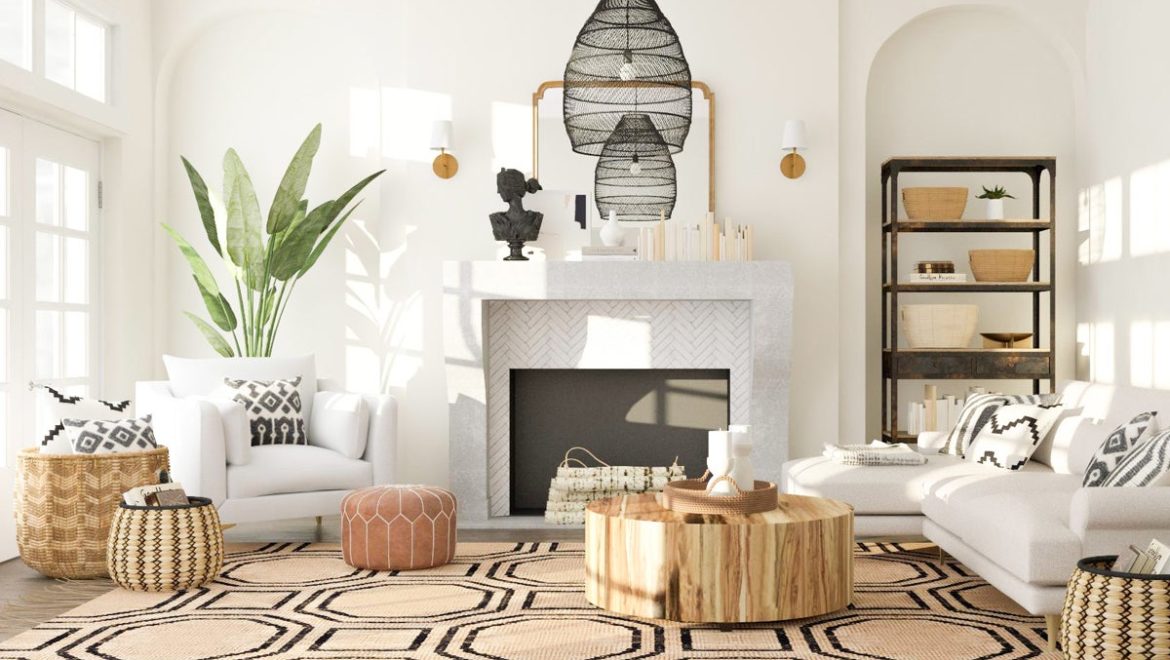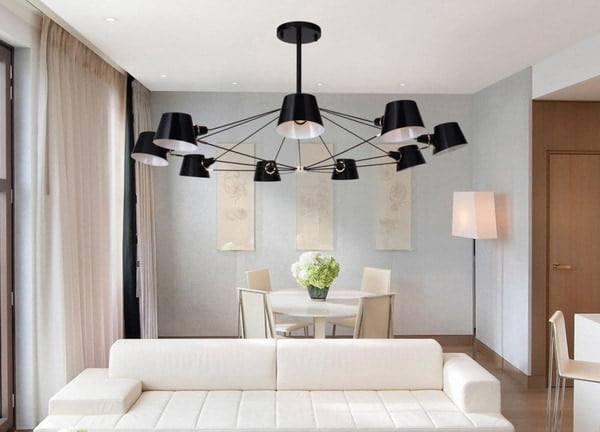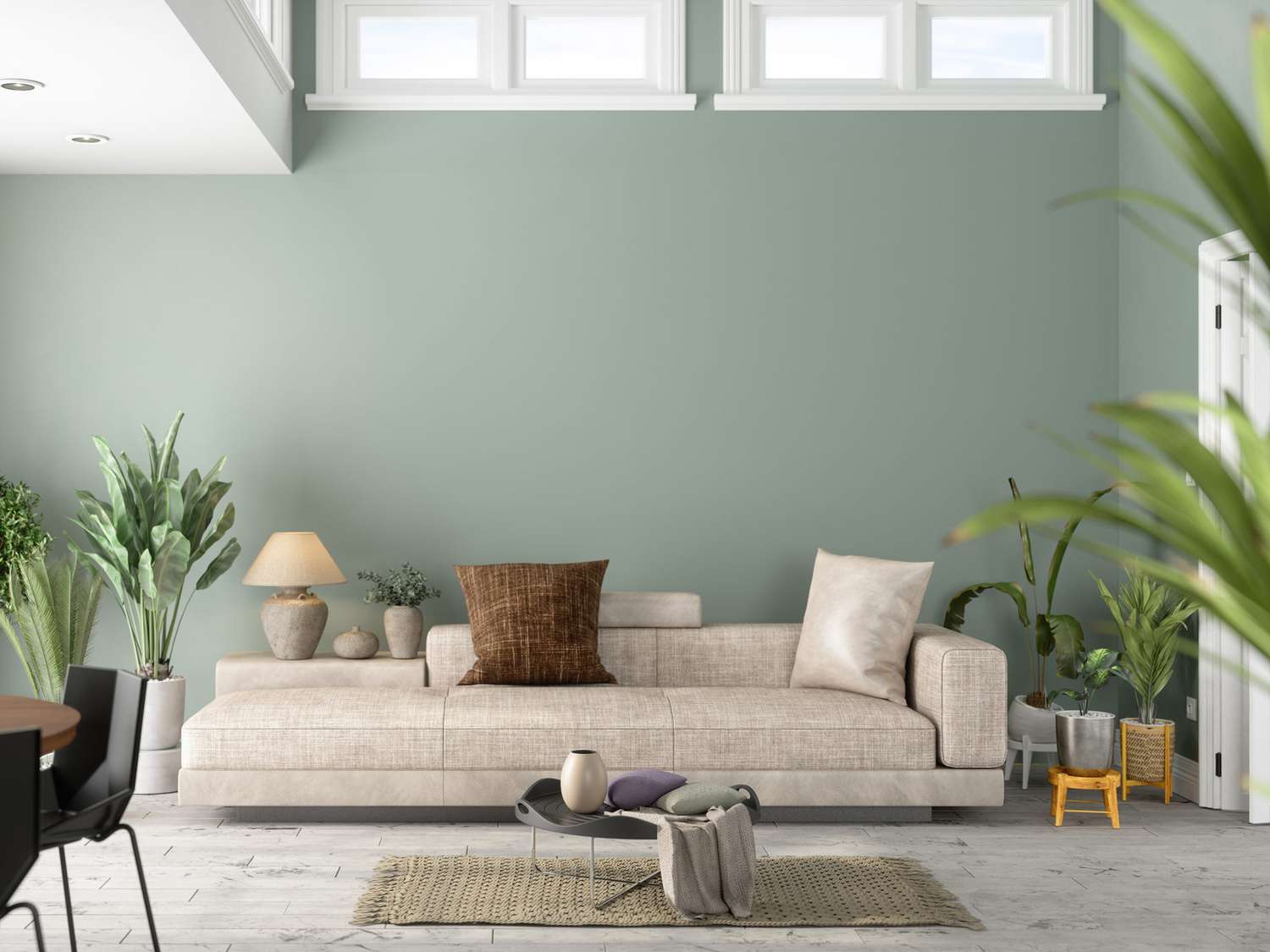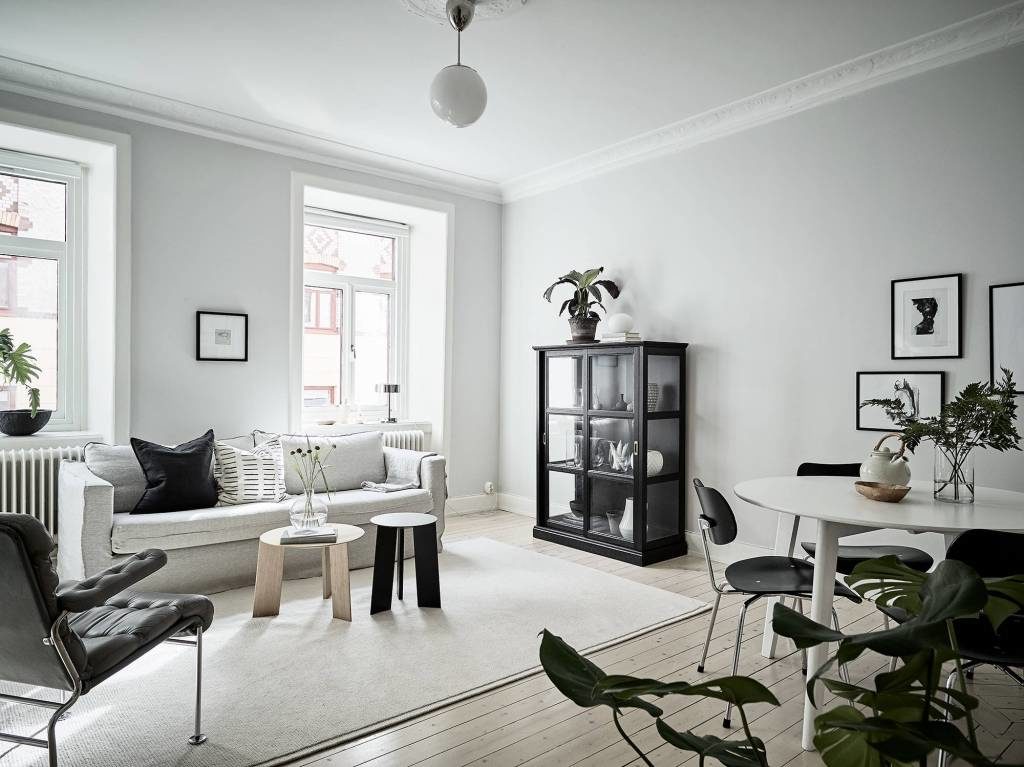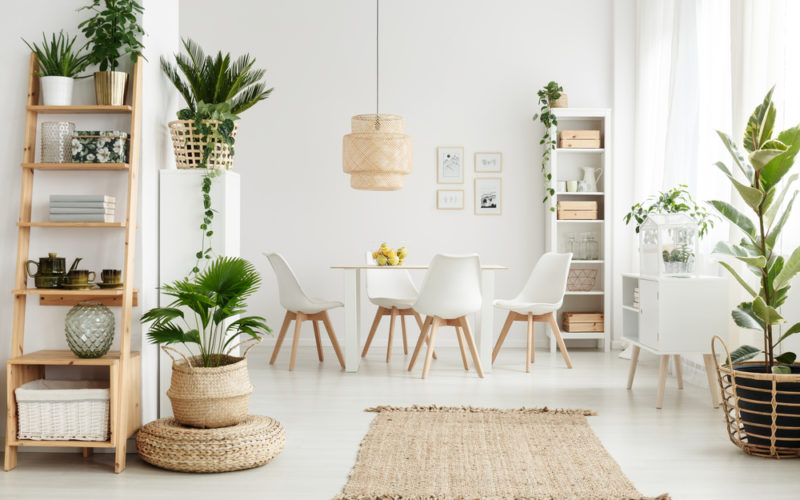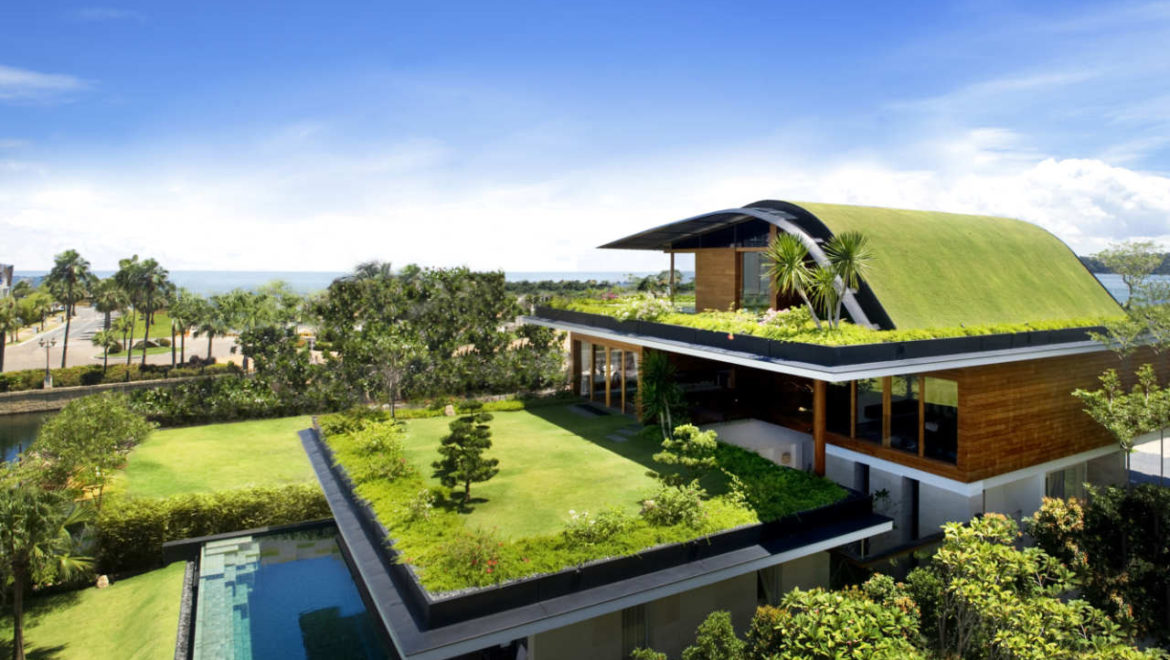Learn all about Biodiversity in architectural design
What is biodiversity?
Firstly, biodiversity is the variety of plant and animal life in the world or in a particular habitat, a high level of which is considered important and desirable. Its important because it boosts the ecosystems productivity, where each species has an important role to play.
How can architecture help biodiversity?
The impact architecture has on the ecosystem is enormous. In addition architecture can contribute to biodiversity by creating habitat opportunities as part of new developments. Planted roofs, roadside trees, together with larger green infrastructure like parks and wetlands, can foster biodiversity by providing habitat for breeding, shelter and food for birds, pollinators and other animals.
Architects impact biodiversity in five main ways:
- Decisions regarding roofs, walls, landscape
- Conservation and rehabilitation of existing structures
- Materials used in construction – their sourcing, assembly, and disposal
- Adverse effects of buildings in terms of air and water pollution
- Resources needed to sustain buildings in use. Energy, water, etc.
Ways you can increase biodiversity –
Protect and restore the design –
This is the first and most important rule. You should get to know local ecology and protect it. If you are building in a degraded area, you should try to understand its past and see if you can restore what was there previously.
Diversity –
Furthermore, to avoid disease, pests, and to support biodiversity you should select plants from a maximum of 30% of the same family, 10% of the same genus, and 20% of the same species.
Use native species –
If an urban environment is so different, some native species may not flourish in it. If you aim to increase biodiversity in the plants and animals’ kingdoms, the native species will support the wild life.
How does architecture help the environment?
Finally, architects need to make buildings that are friendly and green to the environment which can be adaptable to the surroundings. Meaning they need to create more eco-friendly and energy efficient buildings.



